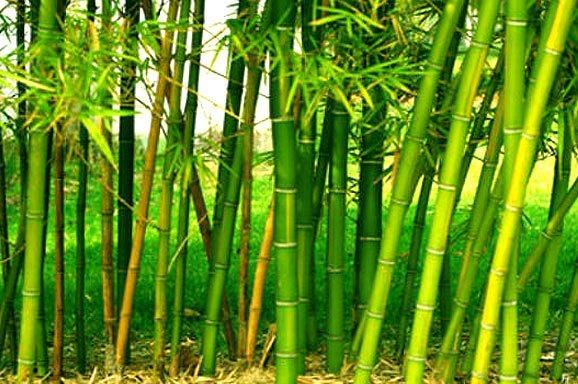Bamboo and Its Environmental Benefits

By Ngozi Eyeh
Young people involvement in planting bamboo can be a positive and environmentally conscious activity.
Bamboo is said to possess the ability to combat deforestation, promote sustainability, and provide various economic and ecological benefits.
Many organizations and communities encourage young people to participate in bamboo planting initiatives to raise awareness about the importance of this versatile plant in mitigating environmental issues and supporting local livelihoods.
Planting Bamboos can be a great way for youths to contribute to environmental conservation and learn about sustainable practices.
Bamboo is a type of tall, woody grass that is known for its rapid growth and versatility. Prized for its sustainability and strength, bamboo is used for various purposes, including construction, furniture, paper, textiles, and as a food source in some cultures thus making it a popular choice in many industries.
It offers several environmental benefits, which contribute to its value in sustainability and conservation efforts.
With its ability to grow fast, some bamboo species are capable of growing up to 3 feet (0.91 meters) per day. This rapid growth helps reduce pressure on natural forests, as it can be harvested in a sustainable manner without causing deforestation.
It also plays the role of Carbon Sequestration as it is effective at sequestering carbon dioxide from the atmosphere. As it grows, bamboo trees absorbs CO2 and stores it in its biomass, making it a valuable tool in combating climate change.
In soil sonservation, Bamboo has an extensive root system that helps prevent soil erosion. Its roots bind the soil together, reducing the risk of landslides and improving soil stability.
Bamboo also support biodiversity through the provision of habitat and food for various wildlife species, including pandas, birds, and insects. They contribute to biodiversity conservation and can be integrated into sustainable land-use practices.
In water resource management, bamboo can has the ability to stabilize riverbanks, control water runoff, and help in maintaining water quality.
Also, the Bamboo is a natural resistant to pests and diseases, reducing the need for chemical pesticides and fertilizers in its cultivation.
Unlike many hardwood trees, bamboo does not die after harvest. It continues to grow and can be harvested again, making it a renewable resource.
Furthermore, Bamboo has a wide range of uses, from construction materials and furniture to textiles and paper. Its versatility means that it can replace less sustainable materials in various industries.
It also plays the role of restoration of degraded land. Bamboos can be used in reforestation and land restoration projects to reclaim degraded or eroded areas, improving ecosystem health.
Lastly, Bamboo cultivation and processing provide income opportunities for communities in many regions, supporting rural livelihoods.
These environmental values make bamboo an attractive choice for sustainable and eco-friendly practices in various sectors, including forestry, agriculture, and manufacturing.
So when you think of green energy, think bamboo.
